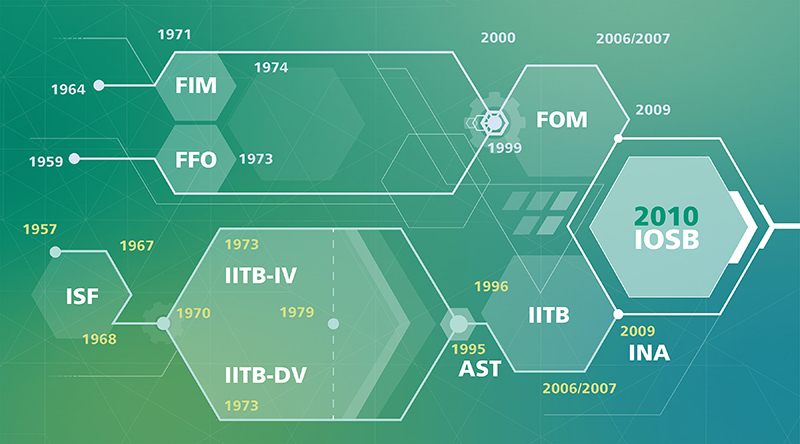
The roots of Fraunhofer IOSB

Despite being a young institute, we can nonetheless look back on a long and successful history. This is because Fraunhofer IOSB is the product of a merger between two previously existing institutes: Fraunhofer IITB and FGAN-FOM.
The upper historical infographic with the supplementary table below highlights the events that shaped our institute's history until the foundation of the Fraunhofer IOSB.
About FGAN-FOM
The research institute FGAN-FOM, like the Fraunhofer IITB, looks back on a history of more than 50 years before the merger to Fraunhofer IOSB. Even the Forschungsgesellschaft für Angewandte Naturwissenschaften e.V. (Research Society for Applied Natural Sciences) was not always called FGAN and several institutes emerged from its origins. The historical development of FGAN-FOM is shown in the timeline in the upper path.
The research institutes FFM, FfO and FIM
1955
The Gesellschaft zur Förderung der astrophysikalischen Forschung e.V. is entered into the register of associations.
1957
The Forschungsinstitut für Hochfrequenzphysik (FHP) is founded and integrated into the Gesellschaft zur Förderung der astrophysikalischen Forschung e. V.
1963
The FHP gets its location in Wachtberg near Werthhoven - today the Fraunhofer Institutes for High Frequency Physics and Radar Technology FHR, for Communication, Information Processing and Ergonomics FKIE are located there.
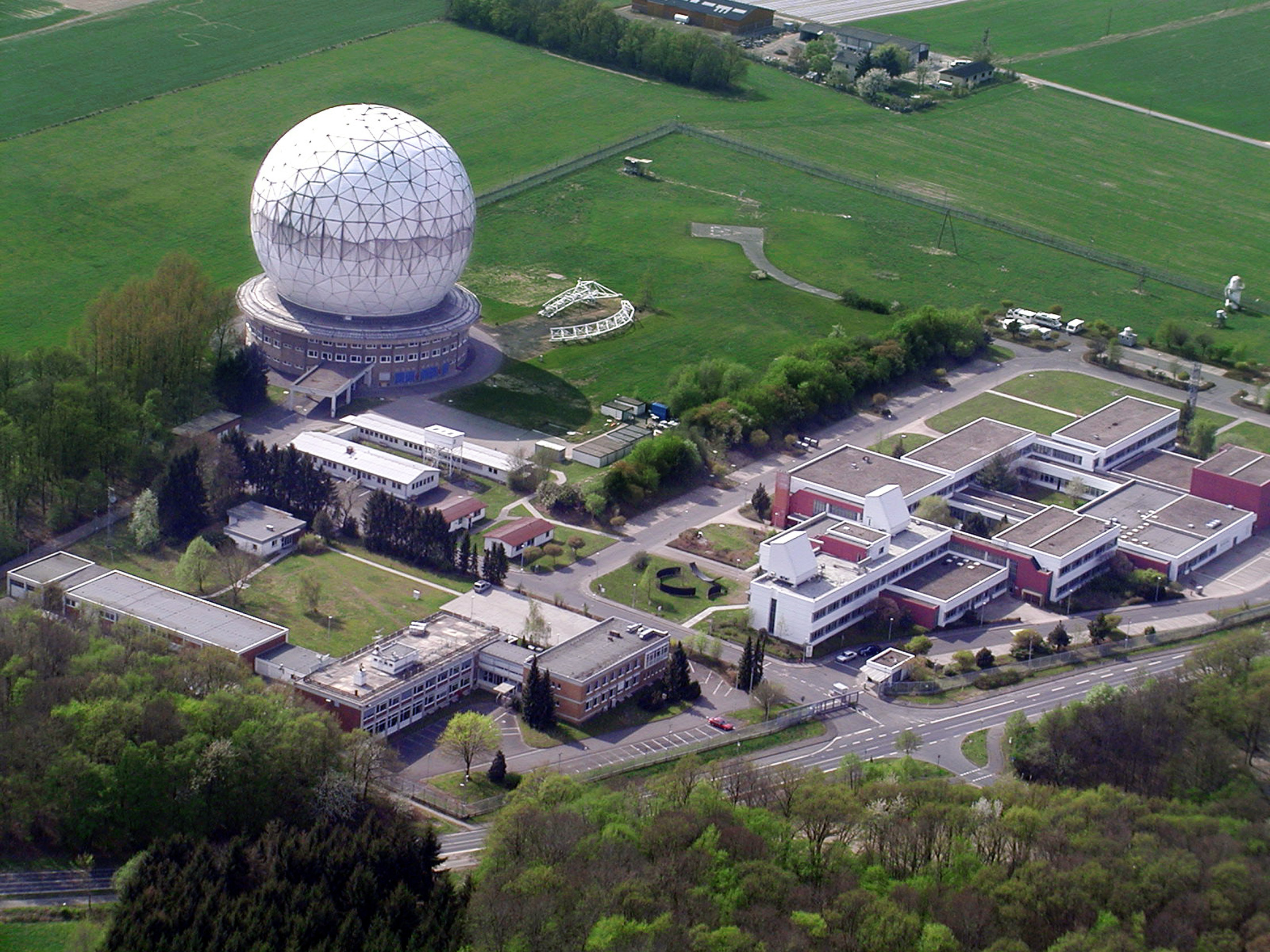
Figure 1: The building of the Fraunhofer Institutes FHR and FKIE in Wachtberg with the world's largest radon
The Research Institute for Radio and Mathematics (FFM) originates from two research groups of the Gesellschaft zur Förderung der astrophysikalischen Forschung e.V.
1971
According to a resolution of the German Bundestag, the FFM is now recognized comparable to a large-scale research facility.
1973
The working group of the Astronomical Institute of the University of Tübingen, which has been conducting basic and applied research in the field of optics since 1959, is taken over as the Research Institute for Optics (FfO). The FfO will be located in the Kressbach Castle in Tübingen.
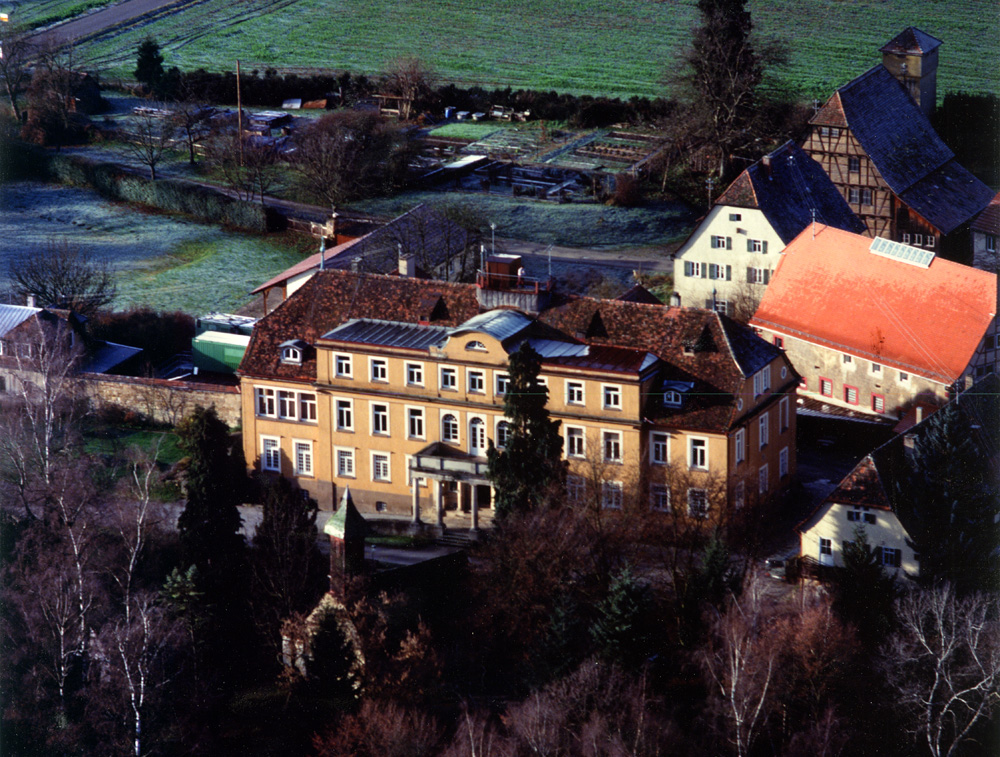
Figure 2: Kressbach Castle in Tübingen becomes the location of the FfO in 1973
1974
The independent Research Institute for Information Processing and Pattern Recognition (FIM) is created from a research group for information processing and pattern recognition of the FFM. Prof. Dr.-Ing Helmut Kazmierczak becomes founding director. The working areas are pattern recognition and image processing as well as image understanding.
The FGAN is born - the FOM comes
1975
The Society for the Promotion of Astrophysical Research e.V. changes its name to Forschungsgesellschaft für Angewandte Naturwissenschaften e.V. on 8.10.1975 (FGAN).
1994
The structural concept "FGAN 2000" is being worked out by the company and is to be implemented in the following years. It provides for a reorganization of FGAN: The current six institutes are to be merged into three institutes. The research areas radar, optronics, command and control systems and communication are planned for them.
1997
The location for the future "Optronics Institute" has been determined: the former Rheinland-Kaserne in Ettlingen.
1999
Since the institutes FfO and FIM complement each other very well in their main areas of work, they will be combined in organizational terms, even if they are still located at separate sites.
On April 1, 1999 "FGAN 2000" was officially completed. FGAN now centrally manages three institutes, including the Research Institute for Optronics and Pattern Recognition (FOM).
In the same year, Prof. Dr. rer. nat. Maurus Tacke became director of FOM and later, with the merger, also of Fraunhofer IOSB.
2000
The FOM moves to the (former) Rheinland-Kaserne in Ettlingen.
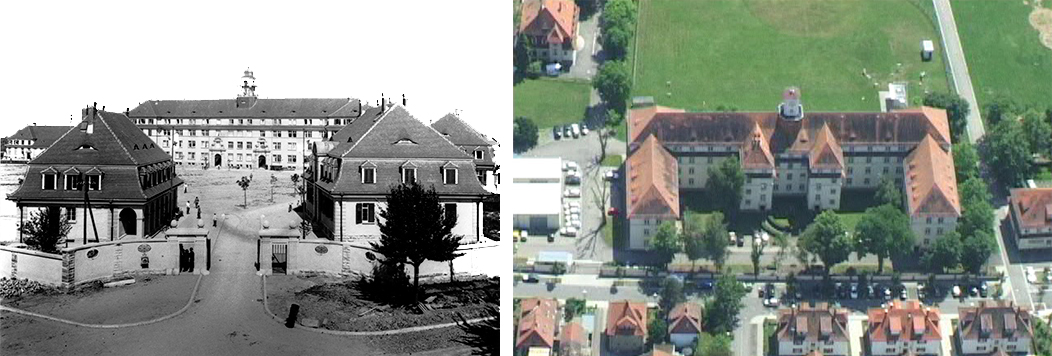
Figures 3 and 4: Formerly a military barracks, then the FOM and today the Fraunhofer IOSB: The historic building in Ettlingen is a listed building.2007
FGAN celebrates "50 years of research for defense and security
2009
The three FGAN Institutes - for High Frequency Physics and Radar Technology (FHR), for Communication, Information Processing and Ergonomics (FKIE), both in Wachtberg, and for Optronics and Pattern Recognition (FOM) in Ettlingen - will be integrated into the Fraunhofer-Gesellschaft on June 23/24, 2009. FGAN-FOM will thus become the Fraunhofer Institute for Optronics and Pattern Recognition (FOM).
Fraunhofer IITB
How do the abbreviation IITB and the name "Institute for Information and Data Processing" actually fit together? What was the origin of the institute and when did Fraunhofer IOSB-INA and Fraunhofer IOSB-AST join?
Find out here how Fraunhofer IITB developed before it became Fraunhofer IOSB. The historical development of Fraunhofer IITB is shown in the graph of the upper timeline in the lower path.
How it all began
1956/57
The Gesellschaft für Schwingungsforschung, from which Fraunhofer IITB later emerged, is founded on March 28, 1956. It then commences operations as the Institute of Vibration Research (ISF) on March 1, 1957, under the direction of the Fraunhofer-Gesellschaft, headed by Prof. Dr.-Ing. habil. Horst Tischner, then still in Tübingen.
1963
Prof. Dr. rer. nat. Max Syrbe is elected to the board of the Society for Vibration Research in 1963.
1967
The ISF is integrated into the Fraunhofer-Gesellschaft. In the same year Dr.-Ing. Alfred Schief becomes the new director of the institute.
The move to Karlsruhe
1968 / 1969
In the following two years, the Institute moves to Karlsruhe: a new building in the Karlsruhe Waldstadt is the future workplace for 45 employees.
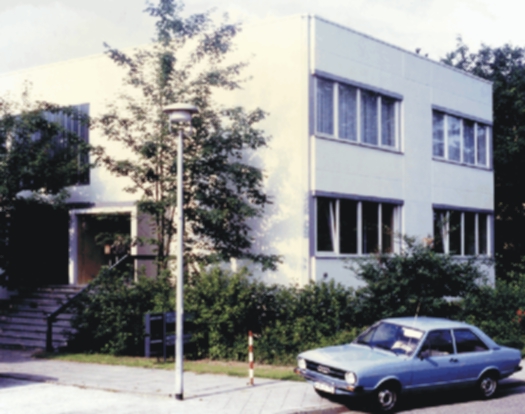
Figure 5: The new building of the ISF in the Karlsruhe Waldstadt in 1969.
1970
As a result of adaptation to new market requirements, the ISF changes its name to Institute for Information Processing in Engineering and Biology (IITB).
1974
The institute has grown again - the IITB already has 85 employees and a budget of about DM 9 million. And again a move is imminent: This time to the current institute address in the eastern part of Karlsruhe, close to the university and with more possibilities for expansion.
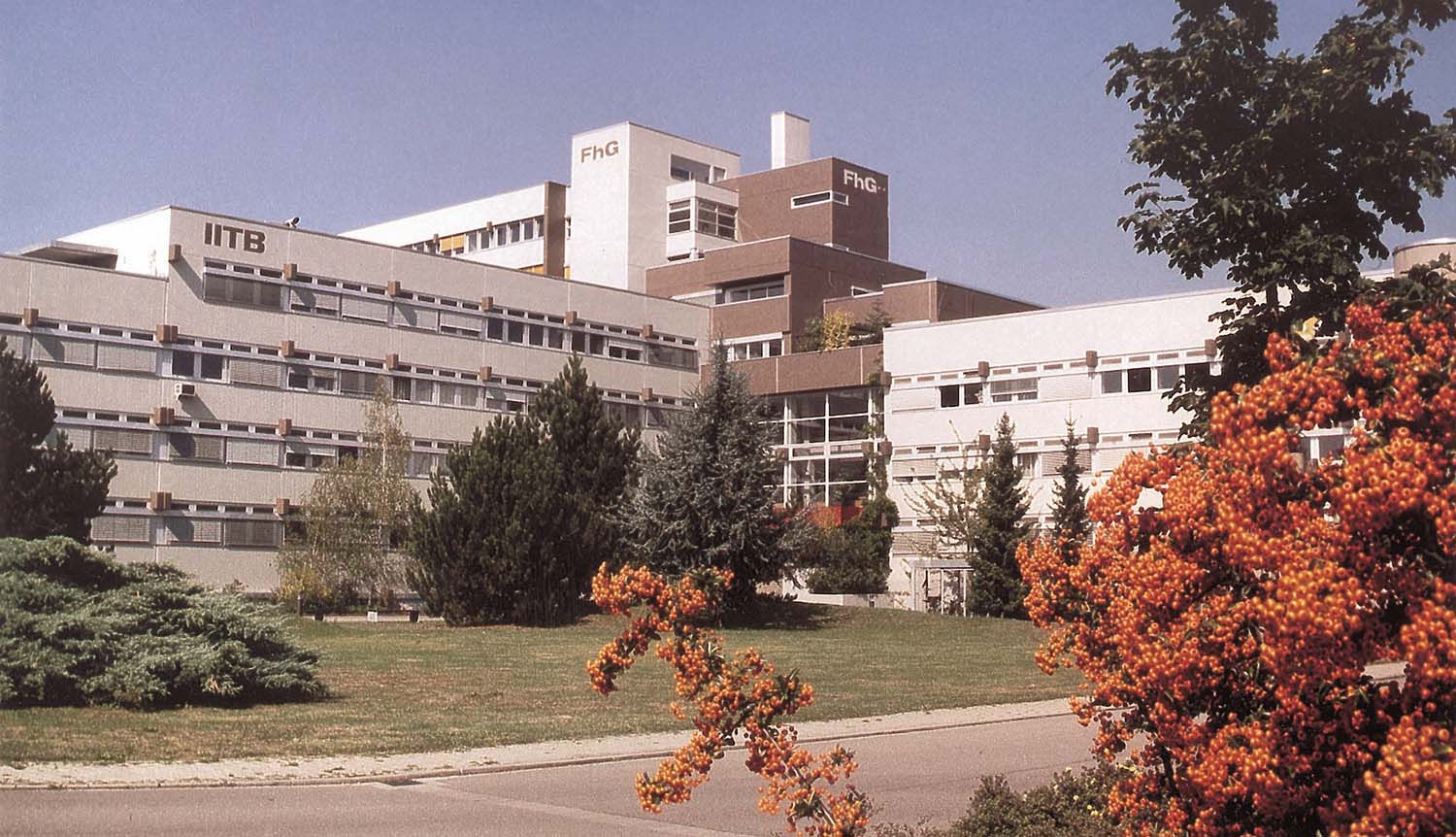
Figure 6: The Fraunhofer IITB in the Fraunhoferstraße in the eastern part of Karlsruhe.
The main fields of activity at that time were prototype developments as well as pattern recognition, image processing, biocybernetics, process data processing and anthropotechnics.
1979
Since both the information and data processing sectors have already grown significantly since its establishment in 1973, the IITB is renamed the Fraunhofer Institute for Information and Data Processing, but the abbreviation IITB is retained.
1983
Prof. Dr. rer. nat. Hans-Hellmut Nagel takes over as head of the Information Processing division from Dr. Schief in 1983. In the same year, Prof. Dr. rer. nat. Hartwig Steusloff becomes head of the Data Processing division as successor to Prof. Syrbe (now President of the Fraunhofer-Gesellschaft).
The way to the merger
1994
The Fraunhofer Advanced System Technology (AST) Branch in Ilmenau is another IITB location under the direction of Prof. Dr.-Ing. habil. Jürgen Wernstedt.
1996
The contact office in Beijing, China is opened in April 1996. The aim is to gain experience in dealing with Chinese industry and to handle international projects.
The IITB now has 250 employees and a budget of approximately DM 42 million.
2004
Prof. Dr.-Ing. habil. In April 2004 Jürgen Beyerer takes over the management of the institute in personal union with the chair for Vision and Fusion Laboratory of the Faculty of Informatics of the Universität Karlsruhe (TH).
2006/2007
After an inspection, the German Science Council recommends a merger of the two institutes FGAN-FOM in Ettlingen and Fraunhofer IITB.
2009
The new Industrial Automation Branch INA of Fraunhofer IITB in Lemgo will be established in October 2009 under the direction of Prof. Dr. Jürgen Jasperneite.
2010
On January 1, 2010, Fraunhofer FOM and Fraunhofer IITB merge - the birth of Fraunhofer IOSB. Prof. Dr.-Ing. habil. Jürgen Beyerer and Prof. Dr. rer. nat. Maurus Tacke now jointly head the institute.
On March 17, 2010, the founding ceremony of Fraunhofer IOSB will take place at the Karlsruhe Exhibition Center to celebrate the merger.
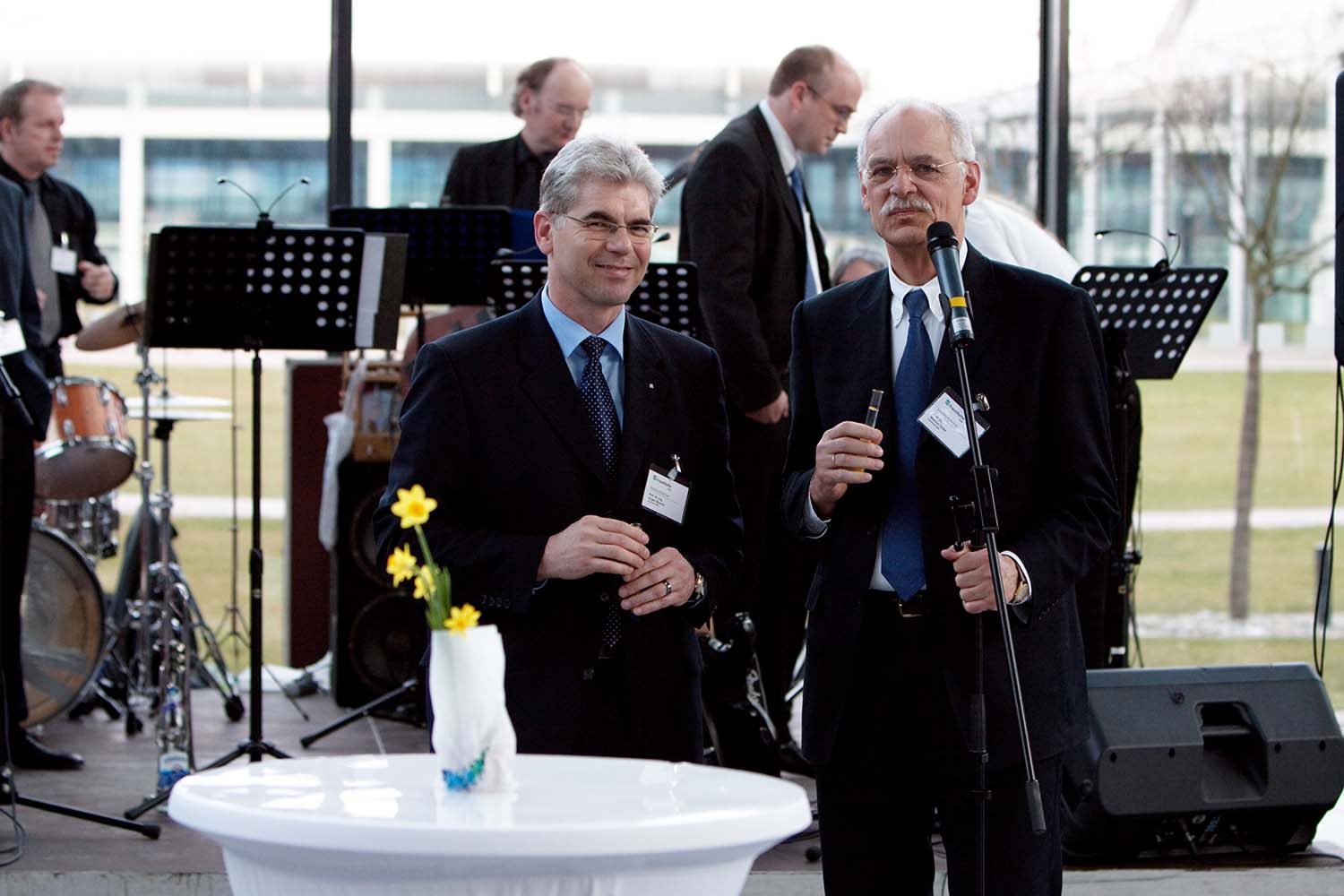
Figure 7: Prof. Beyerer and Prof. Tacke during the foundation ceremony in 2010.
 Fraunhofer Institute of Optronics, System Technologies and Image Exploitation IOSB
Fraunhofer Institute of Optronics, System Technologies and Image Exploitation IOSB